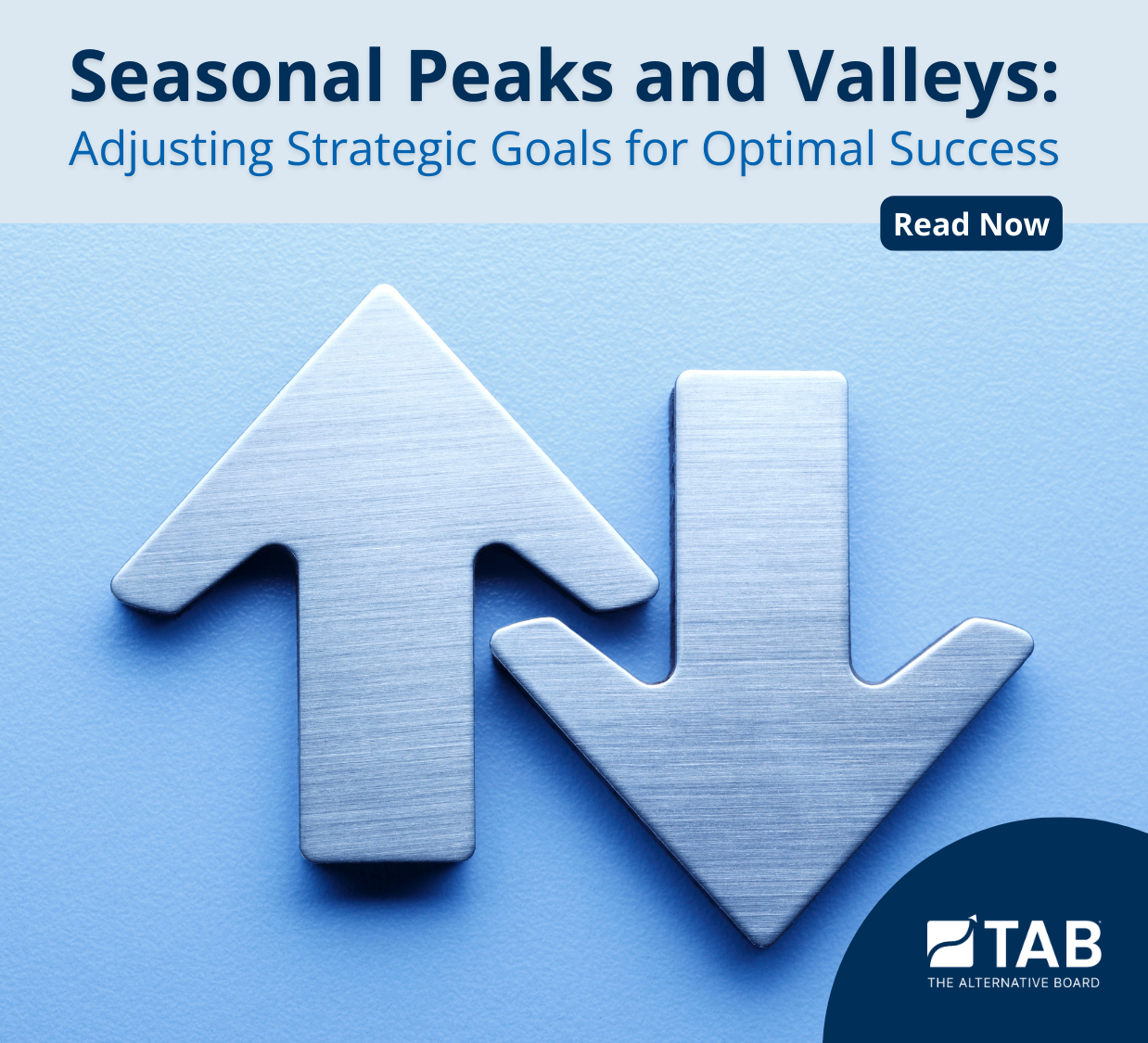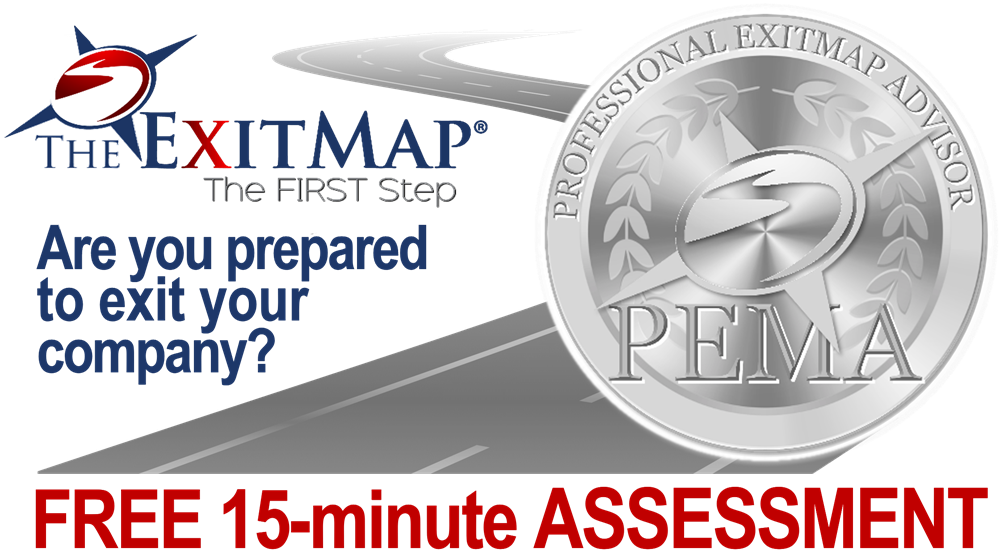Leadership transitions are a critical time for any organization. When new leaders take the helm without adequate preparation, the consequences can be severe, ranging from stalled growth to a demoralized workforce. Underprepared leaders often struggle with decision-making, effective communication, and aligning their teams with the company’s strategic goals. To ensure sustained growth, it’s essential to understand the key challenges new leaders face and how to turn these challenges into opportunities.
1. Navigating the Transition from Peer to Leader
One of the most daunting challenges for new leaders is the shift from being a peer to a leader. This transition can be particularly tricky when leaders are promoted from within the team. Relationships with former peers need to be redefined, and this often involves setting new boundaries and expectations.
Opportunity: This challenge presents an opportunity to establish credibility and trust from the outset. New leaders should communicate openly about the transition, acknowledging the change in dynamics. To ease the transition, it’s helpful to focus on team goals and objectives, making it clear that success is a shared endeavor. Building a culture of mutual respect and accountability can turn potential friction into a foundation for a strong team.
How-to Tip: Hold one-on-one meetings with team members to discuss their expectations and concerns. This approach not only helps in understanding the team better but also in establishing a personal connection.
2. Balancing Short-Term Wins with Long-Term Strategy
New leaders often feel pressured to deliver immediate results to prove their worth. While short-term wins are important, an overemphasis on quick fixes can derail long-term strategic goals.
Opportunity: The challenge here is to strike a balance between quick wins and a broader organizational vision. Leaders should identify areas where early successes are possible without compromising future growth. Aligning these wins with the company’s long-term strategy ensures that short-term actions contribute to overall objectives.
How-to Tip: Develop a 90-day plan that includes quick wins aligned with long-term goals. Regularly review and adjust this plan to maintain momentum while staying focused on the big picture.
3. Building and Maintaining Effective Communication
Effective communication is critical for new leaders, yet it is often an area where underprepared leaders falter. Miscommunication can lead to confusion, decreased morale, and a lack of direction, all of which can hinder company growth.
Opportunity: New leaders can turn this challenge into an opportunity by establishing clear communication channels early on. Regular updates, team meetings, and an open-door policy can foster a culture of transparency and trust. Additionally, being open to feedback and willing to adapt communication styles based on team needs can greatly enhance effectiveness.
How-to Tip: Implement a regular communication cadence, such as weekly updates or team huddles, to keep everyone aligned. Encourage feedback to continuously improve the flow of information.
Conclusion – The impact of underprepared leaders on company growth cannot be understated. However, by recognizing and addressing the key challenges new leaders face—transitioning from peer to leader, balancing short-term wins with long-term strategy, and building effective communication—they can transform potential pitfalls into opportunities for success. Leadership development programs, mentorship, and continuous learning are crucial investments that companies should make to ensure their leaders are well-equipped to drive sustained growth
We would love to hear your comments or questions. Contact us today!
Gary Brunson
gary@myclearfocus.com
Debra Rider
debra@myclearfocus.com
574.361.2674
Sustainable Growth & Profit Consultant, Coach, Mentor, and Counselor/Therapist for Business Owners and Professionals.







